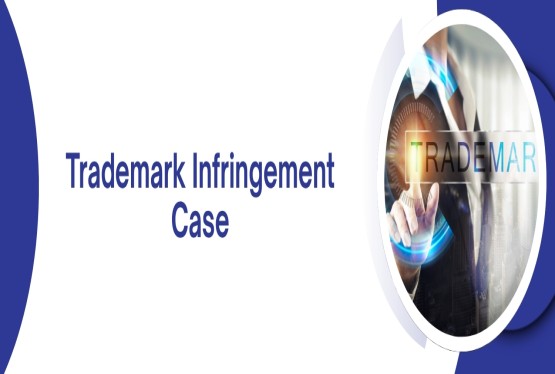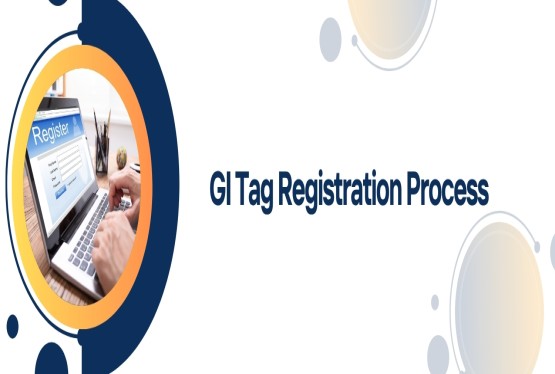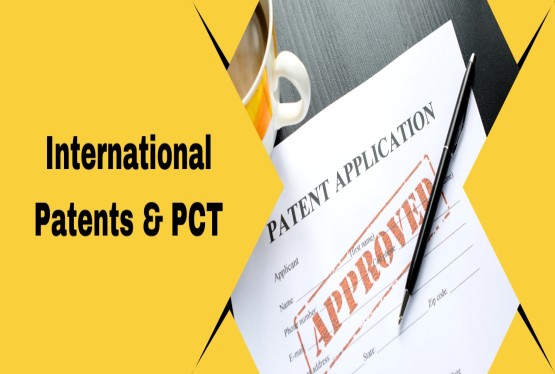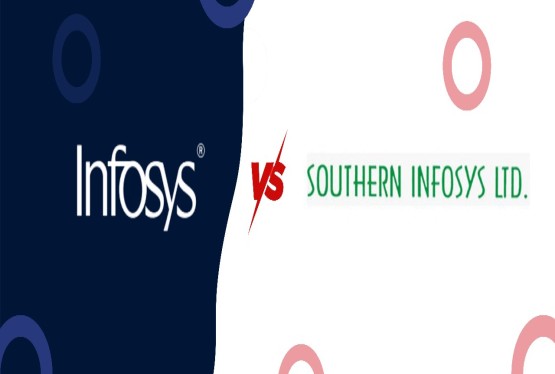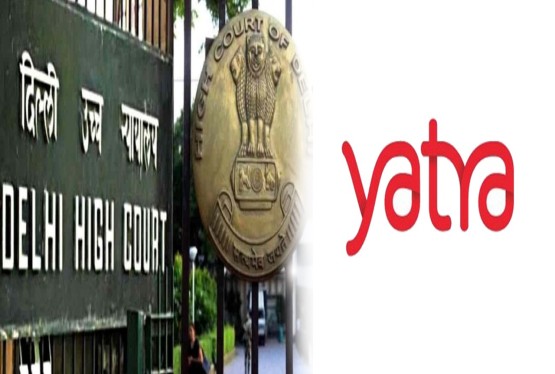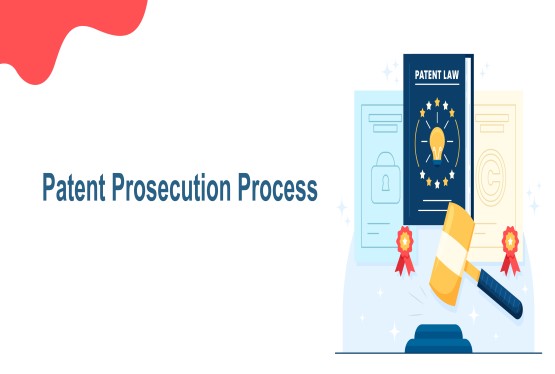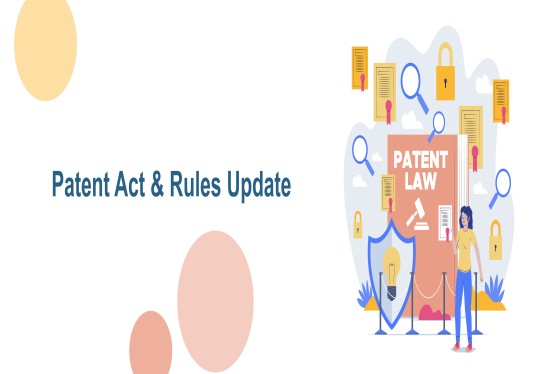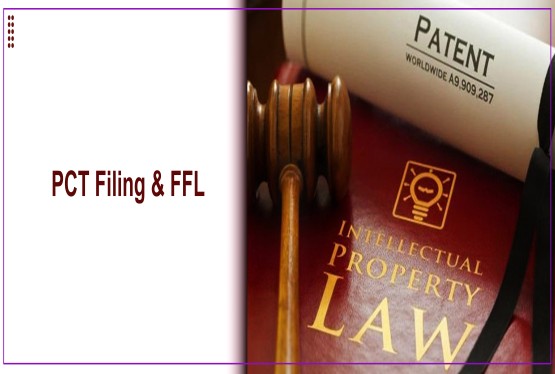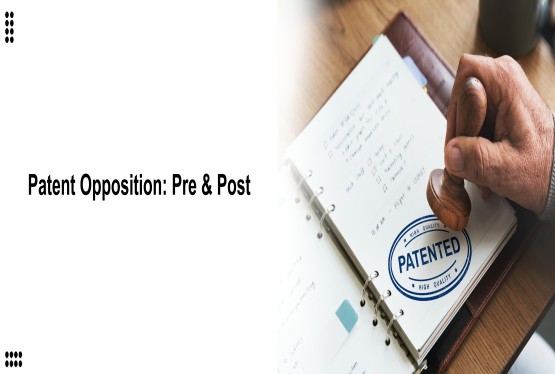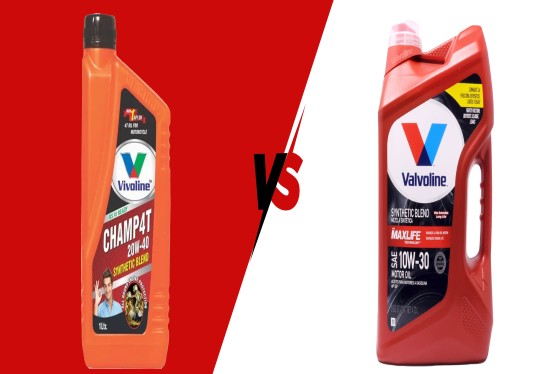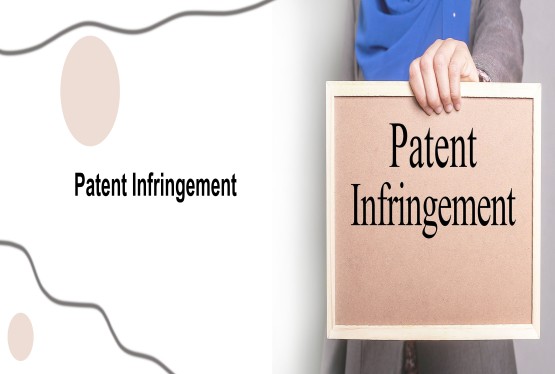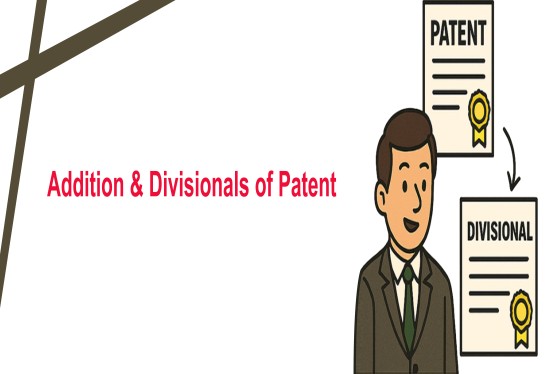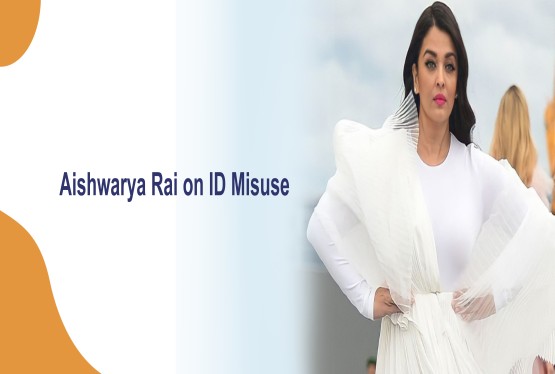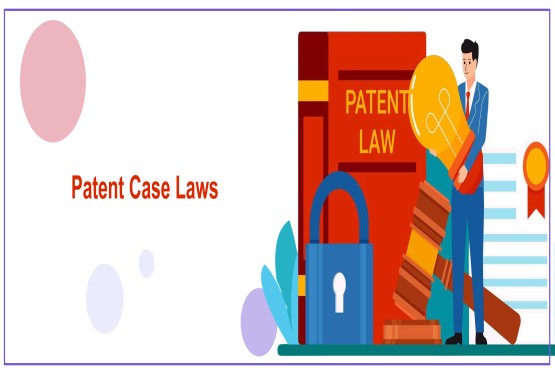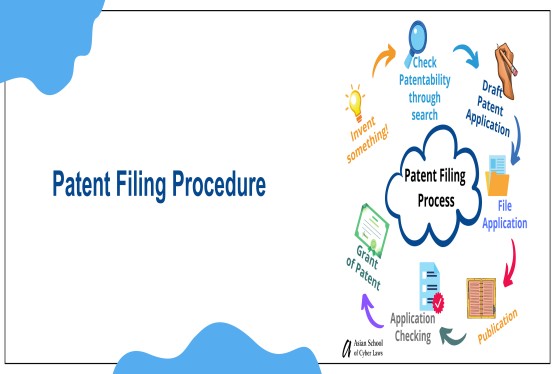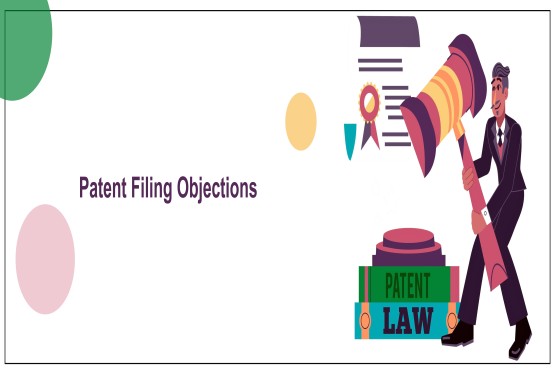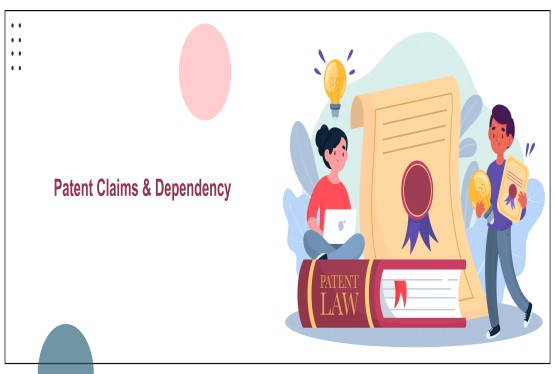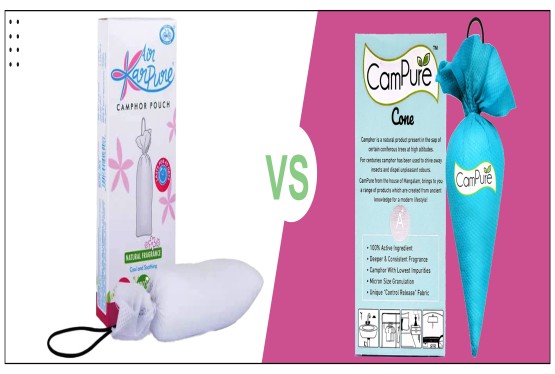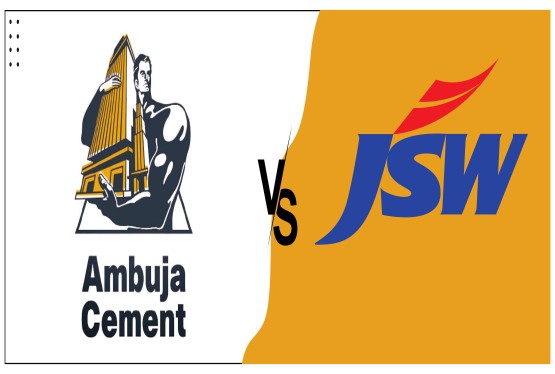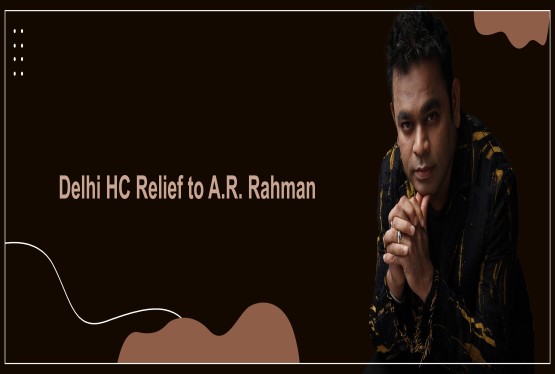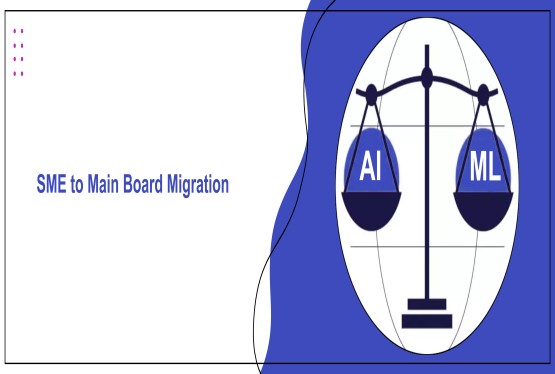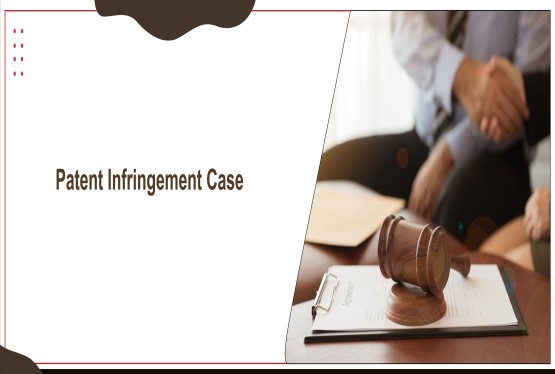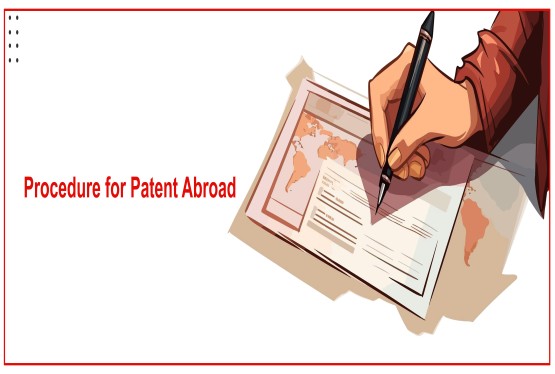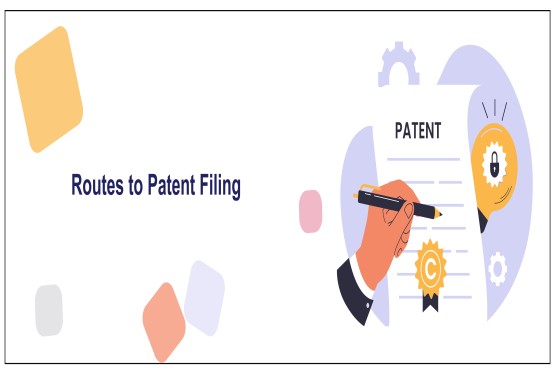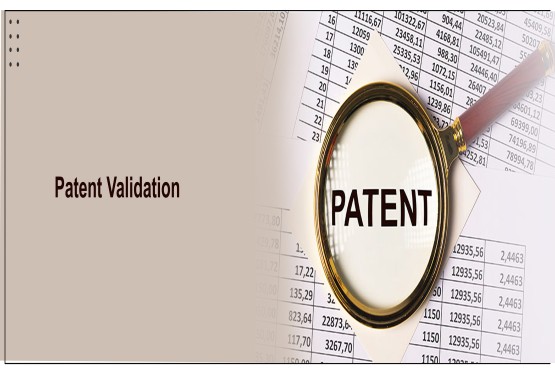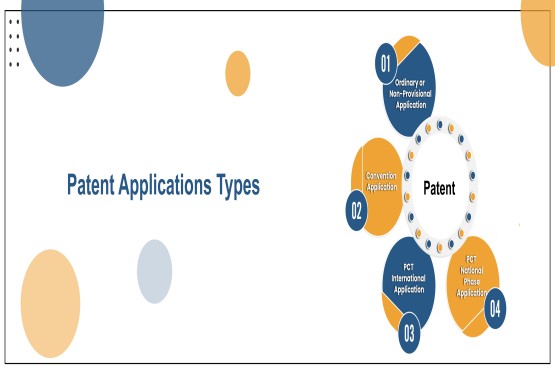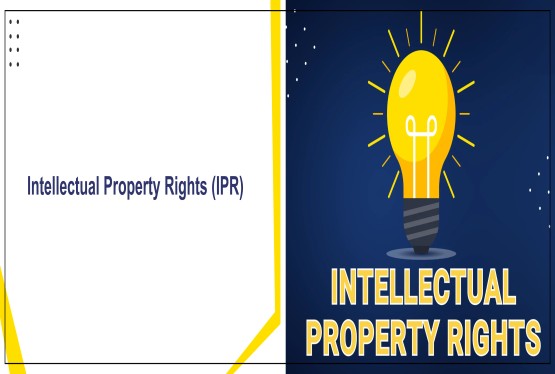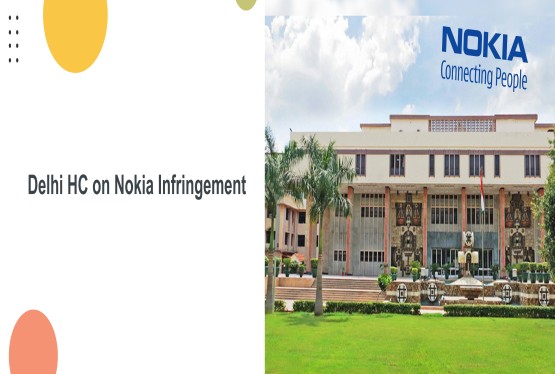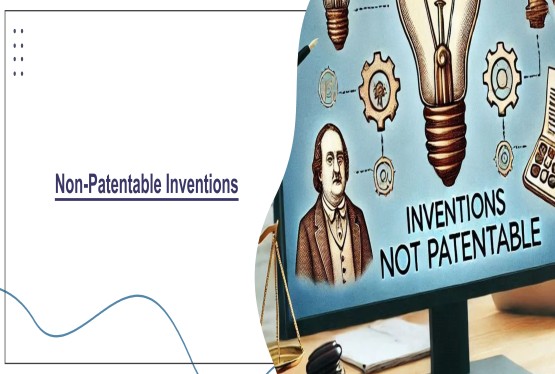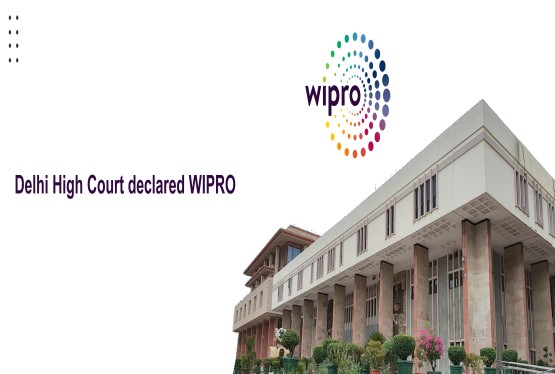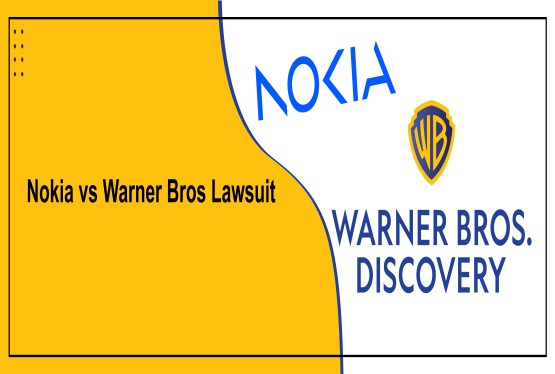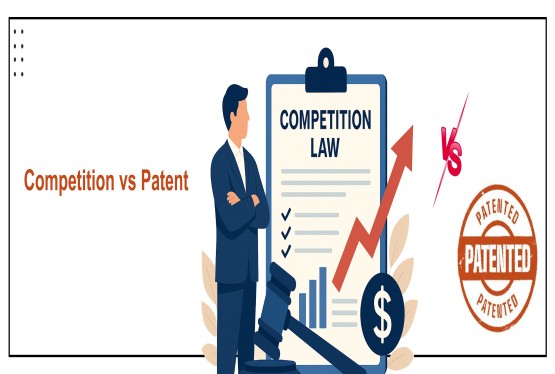The right to a patent gives an inventor exclusive control over the use, production, and sale of an invention for a limited period typically 20 years from the filing date. However, these rights are not meant to be static; they can be transferred or licensed to others to encourage technological advancement and commercial utilization. Under the Indian Patents Act, 1970, the transfer (assignment) or licensing of patent rights must be executed through written agreements and registered with the Controller General of Patents, Designs and Trade Marks (CGPDTM) to have legal effect against third parties. This structured mechanism ensures that innovation not only benefits the inventor but also facilitates technology dissemination, industrial growth, and market competitiveness, aligning with the broader objectives of India’s intellectual property framework.
The transfer and licensing of patent rights are essential legal mechanisms that allow patent owners to commercialize or share their inventions while retaining or relinquishing certain rights. Both are governed by the Indian Patents Act, 1970 and must be registered with the Controller General of Patents, Designs and Trade Marks (CGPDTM) to be valid against third parties.
Transfer of Patent Rights
A transfer of patent rights means changing ownership or control of a granted patent (or even a pending application). This transfer can occur through assignment, transmission, or operation of law.
Assignment
-
Meaning: It is a contractual transfer where the patentee (assignor) transfers ownership or a portion of rights to another person (assignee).
-
Legal Basis: Section 68 of the Patents Act, 1970 mandates that such assignments be in writing and duly executed.
Types of Assignment: Legal Assignment: Full ownership transferred, Equitable Assignment: Transfer of beneficial interest only and Mortgage or Security Assignment: Transfer as collateral for a loan.
Transmission
-
Occurs automatically by operation of law, such as through inheritance or bankruptcy.
Procedure for Transfer (Assignment)
Step 1: Draft an Assignment Deed mentioning: Patent number and title; Details of assignor and assignee; Nature and extent of rights transferred; Consideration amount and Effective date and signatures of both parties
Step 2: File Form 16 – Application for Registration of Title or Interest in a Patent – with the Patent Office.
Step 3: Attach supporting documents: Original assignment deed or notarized copy; Power of Attorney (if filed through an agent); Proof of consideration (if applicable)
Step 4: The Controller examines the document under Rule 88 of the Patents Rules, 2003.
Step 5: Upon satisfaction, the Controller records the transfer in the Patent Register and issues a certificate of registration.
Licensing of Patent Rights
A license is a contractual agreement where the patentee allows another person (licensee) to make, use, or sell the invention without transferring ownership.
Types of Patent Licenses:
-
Exclusive License: Only one licensee has rights, excluding even the patentee,
-
Non-Exclusive License: Multiple licensees can use the patent simultaneously,
-
Sole License: Only one licensee, but the patentee also retains rights,
-
Compulsory License: Granted by the Controller under Section 84 when: The invention is not available to the public at a reasonable price; the reasonable requirements of the public are not met and The patent is not being worked in India.
-
Voluntary License: Mutual agreement between patentee and licensee.
Procedure for Licensing a Patent
Step 1: Prepare a License Agreement clearly specifying: Patent details and scope of use, term and geographical extent of license, royalty or consideration structure and rights and obligations of both parties.
Step 2: Execute the agreement in writing, duly signed by both parties (Section 68).
Step 3: File Form 27 (for working statement) annually, indicating whether the patent is being worked through the licensee.
Step 4: Register the license with the Patent Office using Form 16 (same as assignment), enclosing: License agreement copy, Power of attorney and Proof of payment of prescribed fee.
Step 5: The Controller verifies and enters the license in the Patent Register as per Rule 90 of the Patents Rules, 2003.
Effect of Registration
Once registered, the license or assignment becomes publicly enforceable. Any unregistered assignment or license cannot be used as evidence in court (Section 69(5)). The transferee or licensee obtains all rights subject to the terms of the agreement.
Difference Between Assignment and License
|
Basis |
Assignment |
License |
|
Ownership |
Complete or partial transfer |
Ownership remains with patentee |
|
Form |
Deed of assignment |
License agreement |
|
Rights |
Permanent |
Temporary (for a period) |
|
Registration |
Mandatory |
Recommended but not compulsory |
|
Example |
Selling patent rights to another company |
Granting rights to manufacture under royalty |
Importance of Transfer and Licensing
Encourages Innovation Commercialization: Inventors can monetize their IP. Promotes Technology Diffusion: Enables others to utilize patented technology. Enhances Collaboration: Facilitates R&D partnerships between startups and corporates. And ensures Legal Protection: Registered transactions prevent disputes over ownership.
Final Word
The transfer and licensing of patent rights are vital tools for maximizing the economic and strategic value of innovation. While transfer permanently changes ownership, licensing allows shared utilization under controlled conditions. Both must comply with the formalities of Sections 68–69 of the Patents Act, 1970 and relevant rules to ensure validity and enforceability. Proper documentation and registration with the Controller secure the interests of all parties involved and strengthen India’s innovation ecosystem.
FAQs
Q1. What is the difference between transferring and licensing a patent?
Ans. The transfer (assignment) of a patent involves a complete or partial transfer of ownership rights from the patentee to another person, whereas licensing allows another party to use the invention under specific conditions without transferring ownership. In simple terms, transfer changes ownership, while licensing grants permission to use.
Q2. Is registration of a patent assignment or license mandatory?
Ans. Yes. According to Sections 68 and 69 of the Patents Act, every assignment, license, or interest in a patent must be in writing and registered with the Controller. Without registration, such transactions are not valid against third parties and cannot be relied upon in legal proceedings.
Q3. Which form is used for registering the transfer or license of a patent?
Ans. Both assignment (transfer) and license are registered through Form 16 under the Patents Rules, 2003. The form must be accompanied by the relevant agreement (assignment deed or license agreement), proof of payment, and a power of attorney if filed by an agent.
Q4. Can a patent be licensed to multiple parties simultaneously?
Ans. Yes, under a non-exclusive license, the patentee can authorize multiple persons or entities to use the patented invention concurrently. However, in an exclusive license, only one licensee enjoys the rights, and even the patentee cannot use the invention during the license term.

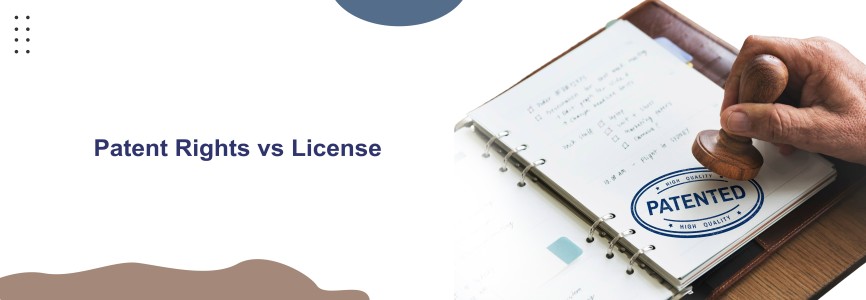




























_(b)_of_the_Trademark_Act,_1999_(1)_crop10_thumb.jpg)



_crop10_thumb.jpg)




























_crop10_thumb.jpg)
_crop10_thumb.jpg)






_crop10_thumb.jpg)








_crop10_thumb.jpg)



_crop10_thumb.jpg)





























_crop10_thumb.jpg)

















_crop10_thumb.jpg)






_crop10_thumb.jpg)












































































































































_crop10_thumb.jpg)




































_crop10_thumb.jpg)












_crop10_thumb.jpg)













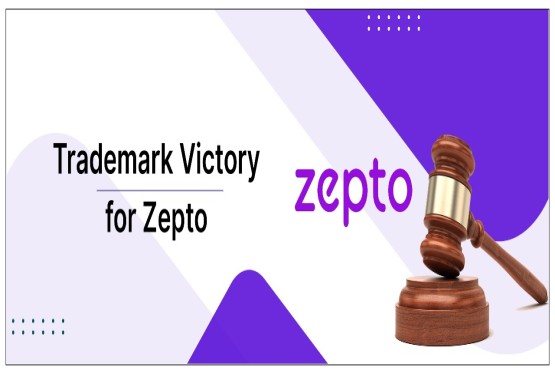




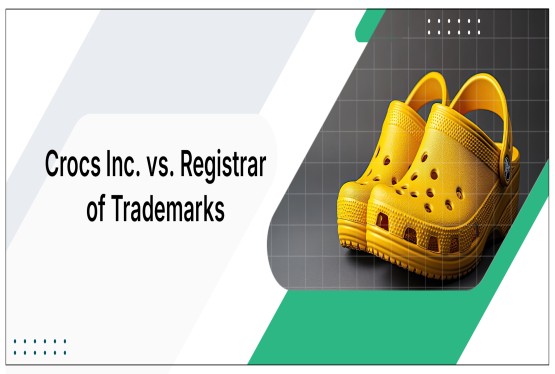




























_crop10_thumb.jpg)






